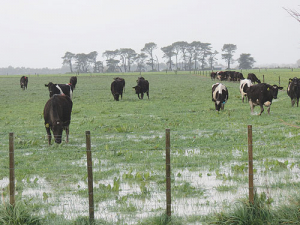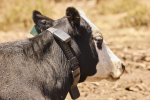That’s according to Manawatu agronomist Laura Akers, of Agriseeds, who says paddocks damaged by constant wet weather will not grow as much grass as normal during summer and autumn if they are not repaired.
“The good news is that there are recovery options available,” she says. “The sooner farmers take stock of their situation and make a plan to restore paddocks affected by all the rain, the faster they will get back on track feed-wise.”
Damage has been widespread and unavoidable during the wettest season many farmers have ever experienced.
“In some cases it won’t be possible to fix everything straight away; the key will be to work out what can be repaired in the short term and what your feed needs are for the rest of the season so you can get organised and be ready to act as soon as conditions improve.”
Akers says the main concern is filling the gaps left after pugging or treading damage before pastures become overrun with weeds and/or unproductive grasses like poa annua. Remaining ryegrass will not fill those gaps, because ryegrass is not a spreading plant.
Repair options vary depending on how badly each paddock has been damaged so it’s important to prioritise them according to their condition.
Where whole paddocks have been severely pugged, the best option is to consider full pasture renewal, either through a summer crop like 501 Chicory or in summer wet/irrigated areas, through grass to grass.
On farms with several distinct areas of damage, she encourages farmers to mark all these areas on a farm map and get a contractor to undersow them with hybrid ryegrass such as Shogun as soon as soil temperatures rise above 8oC.
“Shogun has the advantage of establishing quickly at cooler temperatures because it is winter active. That and its high dry matter yield makes it valuable for undersowing in these conditions.”
To fix small patches of damage, she recommends farmers oversow ryegrass and clover seed to keep weeds at bay. Soil temperatures need to be above 10oC for this to be successful.
Another wet weather issue is that many farmers have not been able to graze paddocks down to correct residuals during spring, Akers adds.
This would reduce pasture quality and growth if it continued.
“The best thing to do now is to make a conscious effort to get on top of this in the second grazing round, to set pastures up well for the rest of the season.”









